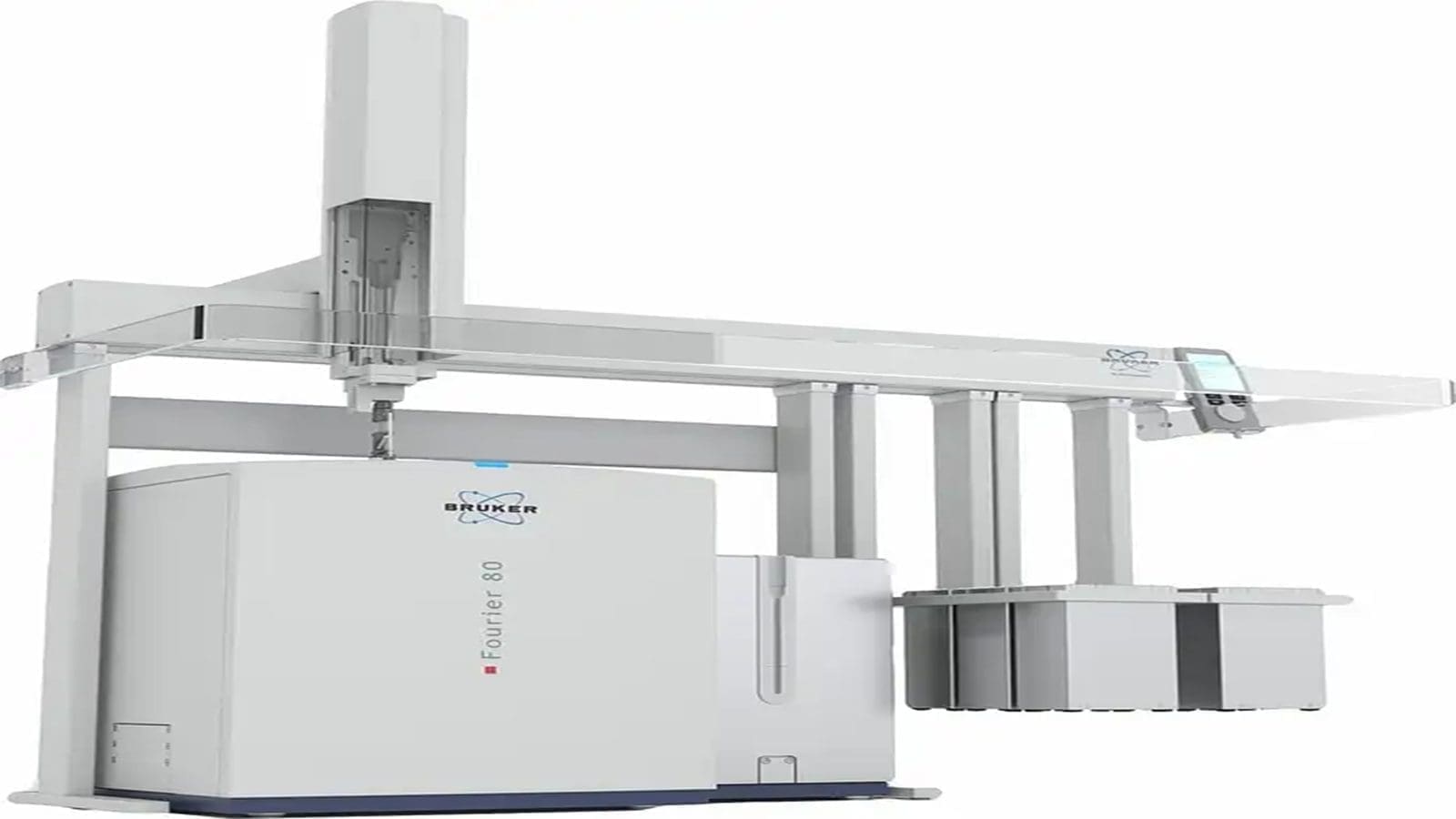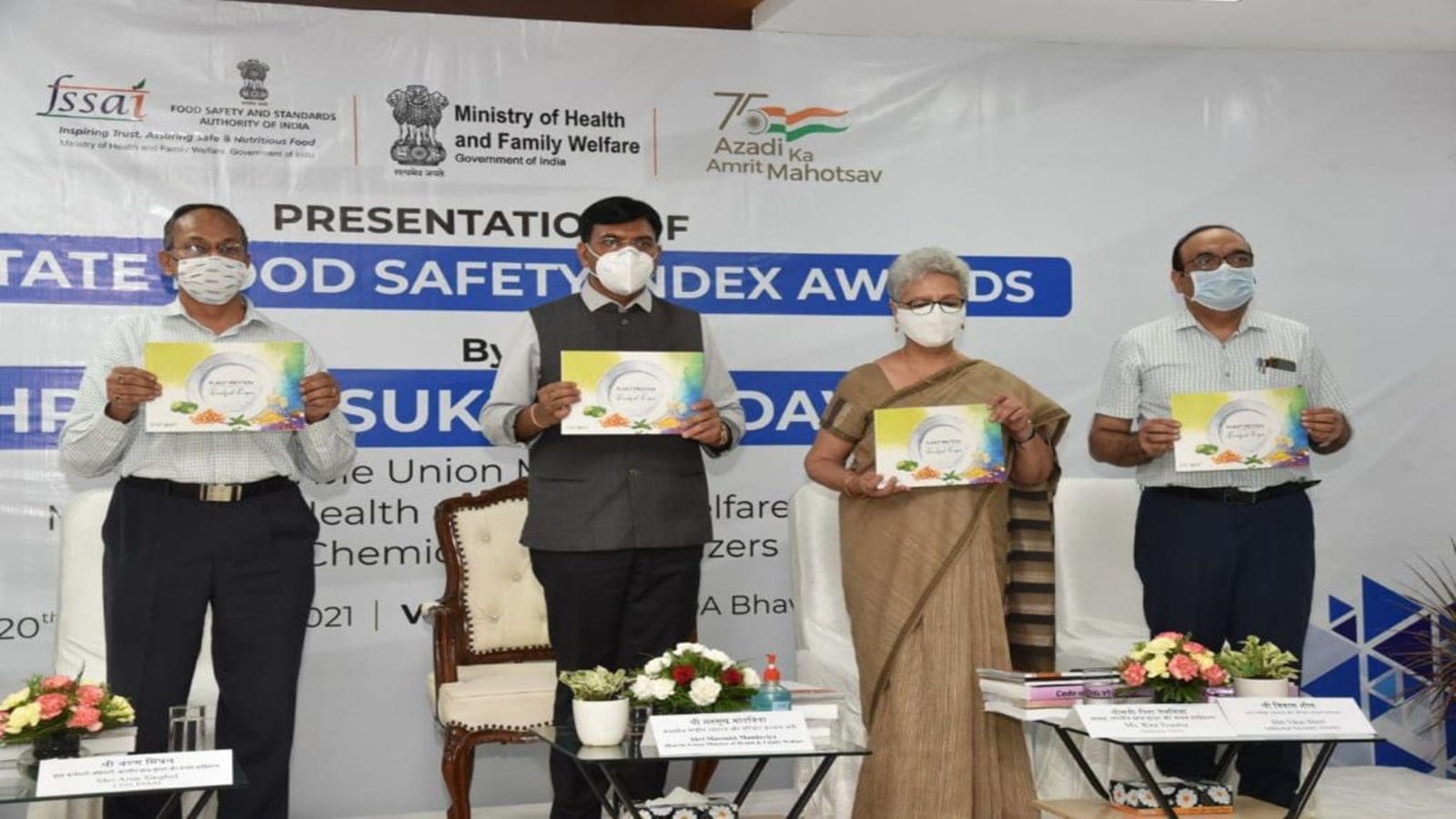ENGLAND – Scientists in England are issuing a warning about a growing public health threat due to an increase in a specific type of E. coli over the past decade.
While part of the rise can be attributed to improved detection of non-O157 Shiga toxin-producing E. coli (STEC) in laboratories, evidence suggests that more people are actually falling ill.
The focus of the researchers’ study was on the STEC O26:H11 clonal complex (CC) 29 in England. From January 2014 to December 2021, the UK Health Security Agency (UKHSA) sequenced 834 human isolates from 724 patients belonging to CC29.
Notably, notifications of STEC O26:H11 in 2021 were eight times higher than those reported in 2014. Diagnoses of STEC O26 in England have been on the rise every year, reaching 144 cases in 2021, compared to 19 cases in 2014.
The majority of cases involved females, with the highest proportion occurring in the 0 to 5 age group, as revealed in a study published in the Journal of Infection.
Among the cases, 40 individuals were diagnosed with Hemolytic Uremic Syndrome (HUS), a severe complication associated with E. coli infections that leads to kidney failure. Tragically, three children lost their lives due to HUS.
The increase in reported cases of CC29 infection has been consistent, except for 2020. Similar to STEC O157, which has been the predominant serotype in the UK, STEC O26:H11 exhibits seasonality, with cases peaking in the summer months, particularly in August, and decreasing to baseline levels during winter.
The most prevalent serotype observed was O26:H11, followed by O111:H8 and O177:H11. The remaining isolates represented 16 different types. The majority of isolates belonged to sequence types (ST) 21, ST29, and ST16.
South East England recorded the highest number of STEC cases associated with CC29, followed by London.
Out of the 40 patients who developed HUS, 21 were male, and most of them were aged 5 or under. The number of HUS cases increased from two in 2014 to 11 in 2021.
Regarding CC29, 133 out of 680 cases reported traveling outside the UK in the seven days preceding symptom onset. The most common destinations included Egypt, Turkey, Morocco, and Mexico.
Previous outbreaks of O26:H11 in England, prior to 2020, included six clusters related to travel and one linked to salad in prepacked sandwiches.
From January 2020 to December 2021, six additional clusters with three or more cases were identified. The two largest clusters consisted of 16 cases over 14 months and 11 cases over 44 months.
While salad was suspected as a potential vehicle of infection in one outbreak, it was not confirmed. Another outbreak was associated with a petting farm, and the sources for the remaining outbreaks remained unknown.
Data analysis indicated that STEC O26:H11, which possessed a type of Shiga toxin known as stx1a, resulted in severe clinical outcomes, with over half of the cases reporting bloody diarrhea and a quarter requiring hospitalization.
In July 2021, guidance was updated to include public health follow-up for all cases of STEC O26:H11, regardless of stx profile.
The researchers stress the need for improved diagnostics and surveillance algorithms to accurately monitor the true burden of the disease, detect outbreaks, and implement effective interventions.
They highlight the challenges in determining the actual incidence and prevalence of the disease.
For all the latest food safety news from Africa and the World, subscribe to our NEWSLETTER, follow us on Twitter and LinkedIn, like us on Facebook and subscribe to our YouTube channel.








